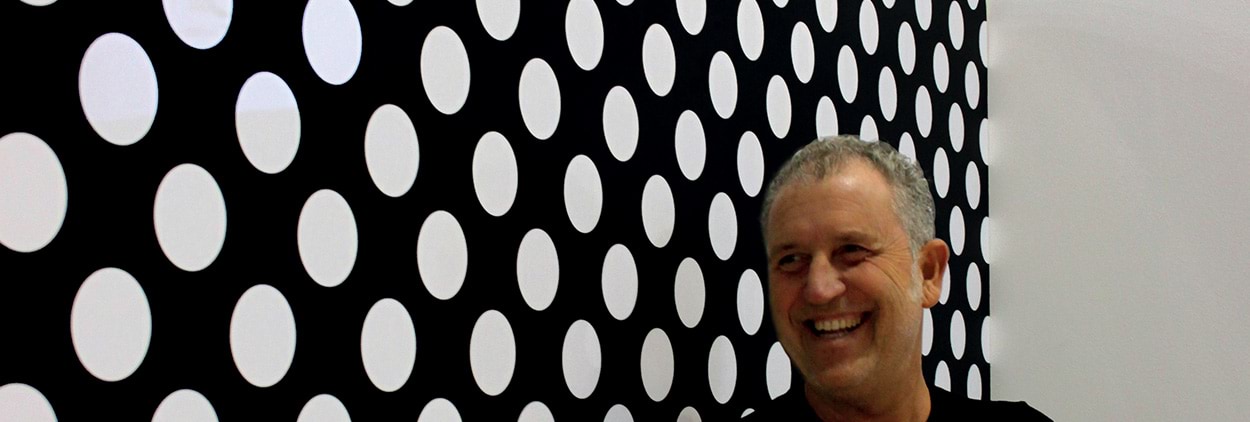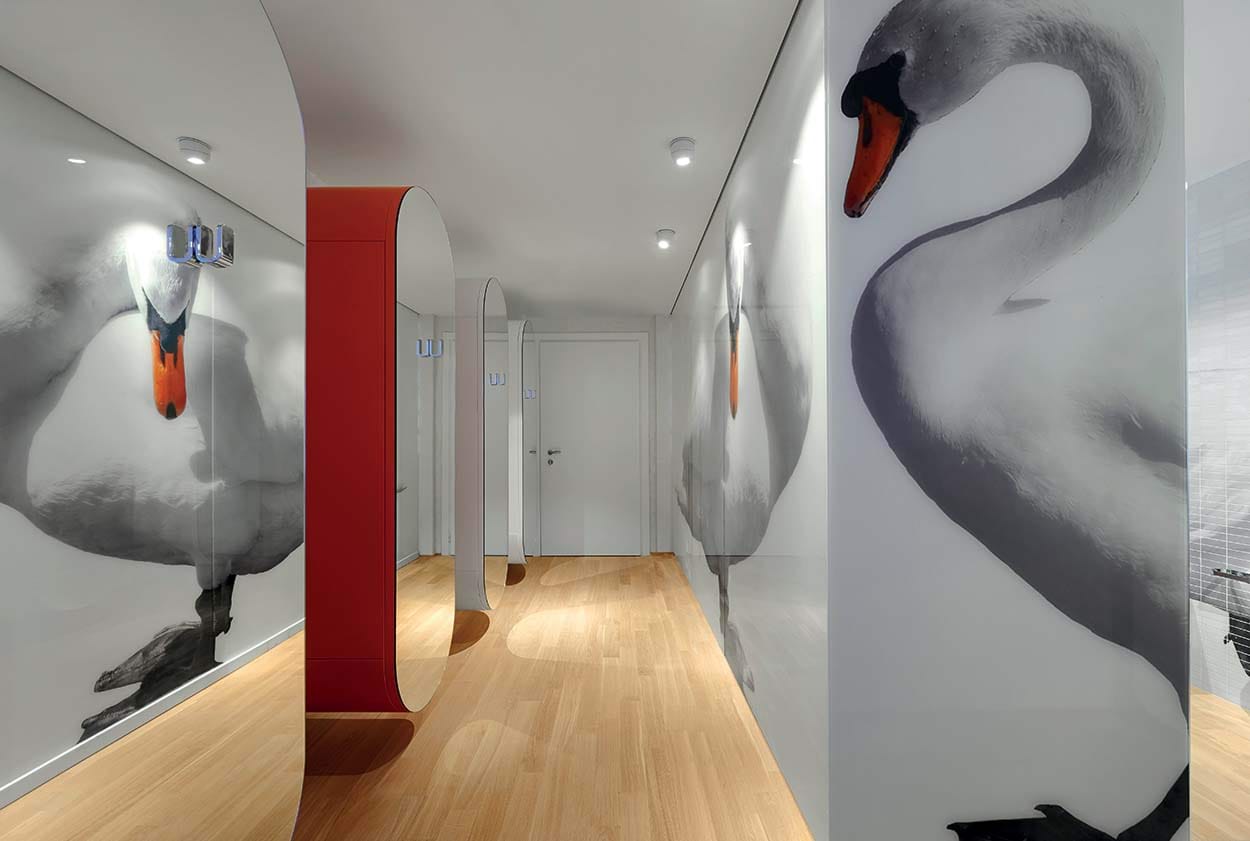
Works of architecture as sustainable works of art
Simone Micheli talks about his work, including his passion for technology and eco-friendly approach.
Interview to Simone Micheli, author of numerous works for public institutions and important private clients in the realms of residential and communal facilities. He won, among the others, the Best of Houzz Award 2016, the Codega Prize, the 2016 Build Award for Architect of the year.
There are many strings to your professional bow, ranging from creating master plans to design work. Lots of your work has been focused on designing for the hospitality/hotelier industry. How, in your opinion, is your work on this kind of architecture evolving?
The evolution that the hospitality/hotelier industry has undergone over the last few years is quite startling! Nowadays places like this increasingly mix together and combine their functions and purposes, turning into interactive, hybrid spaces providing personalised solutions perfectly geared to the changing needs of modern-day people. Technology now plays a fundamental role as the silent and indispensable lifeblood flowing through any new project. Different areas and functions are no longer divided up into stagnant sections, but rather shaped into dynamic and ever-changing spaces. Attention to energy-saving and respect for the surrounding environment are now vital guidelines not just in this industry but in all design processes. Innovation is the guiding principle behind the developing of new lines of thinking and ideas. We need to keep on looking beyond the horizon! To win the commercial battles of the moment, architectural works must increasingly take on the form of authentic works of art.
Simone Micheli and the hospitality industry: how has your way of understanding and designing hotels changed from your very first designs right down to the present day?
It has not changed! It has, of course, evolved, become more structured and altered in relation to how demands in this sector have changed and are still changing.
So, the underlying philosophy behind my design work has basically remained the same and consists of engaging people on a sensorial level to ensure their well-being; the physical shape and form of my constructions evolves based on the territorial, cultural, social and temporal setting.
I am intellectually drawn towards creating, with ever-increasing attention, works of architecture designed to be sustainable works of art.
How do you choose the building materials and finishes when you set about designing a hospitality facility?
The idea of giving shape to an authentic “total work of art”, as I have already said, is the driving force behind all my projects. That is why the choice of materials is not just determined by the concept of quality and sustainability - from both an environmental and economic viewpoint - but also the unifying ideal of complementar-
ity, which must characterise every contrasting feature of the architecture.
Attention to the environment is becoming increasingly important on all levels. How do you feel about eco-compatible materials?
I am now increasingly opting for materials that do not harm the environment but which, on the contrary, interrelate with it. I have a keen eye for emerging trends and, without getting too carried away, I design my proj-
ects using innovative materials and always analyse and study all the latest possibilities in terms of energy-saving and environmental friendliness. Constant research and experimentation are ever-presents in my design work.
What role does materials technology play in your projects?
A fundamental role! As I have just said, research and experimentation and the search to find increasingly smart and sustainable solutions are necessary for making progress and improving over time and also for making sure people’s needs and desires are increasingly met on an everyday basis. I think this is the main task of a good architectural designer.
Your projects are all extremely distinctive and unique. How does this fit in with the client’s demands and expectations and how do you adapt your approach to the different locations in which you work?
My projects derive from a harmonious combination of my design credo, the dreams and desires of the client who has decided to give shape to a given work, and the distinctive traits of each project location. The origins of works with unique features that truly stand out and are never identical but constantly changing lies in the quest for this kind of compositional perfection and constantly changing mix!
The most extraordinary projects always emerge when there is a wonderful and perfect sharing of intents and visions between the client and architect.
In this respect, I think I am an extremely lucky man.
The clients I have encountered and continue to meet as I go about my daily endeavours are always, in my opinion, responsible for breathing life into my projects.
Based on your own experience, is it easier to work in Italy or abroad?
I do not think there is any simple answer to that question. Italy is very closely tied to its traditions, something that is not always justified and is often difficult to come to terms with. Nevertheless, there are plenty of positives, such as the real determination to redevelop our territories that has emerged over the last few years and a very special kind of craftsmanship that opens up great possibilities in terms of experimentation.
Likewise, there is a tapestry of different territories, cultures, traditions and specific features “abroad” and every region has its own distinctive traits, each with their own strengths and weaknesses. I think it is vitally important to create works that are rooted in the lands in which they are to be constructed
How do you think hospitality facilities and different ways of accommodating guests will develop in future?
I envisage increasing hybridisation and interaction; I can see changing identities adapting to people‘s different lifestyles and requirements. I believe that dividing up spaces and functions statically will give way to holistic and unitary approaches focused around people’s inner selves and senses and all geared to their personal well-being. I think that the hospitality facilities of the future will be increasingly iconic and distinctive, they will be incredibly fascinating experiential places.
You have helped design and build numerous hotels. Which project gave you the greatest pleasure and which, in contrast, was the hardest to build? And what kind of hotel would you like to design?
As I often say, I have no favourite architectural work. I have also approached each new project as a new challenge to be taken on, like an exciting adventure to be enjoyed to the utmost; each work is the result of some new step forward and improvement and, hence, it has its own specific values and significance. I am totally satisfied with all the projects I have created in my over-27-year career and I can assure you that they have been numerous and all very different!!
As regards my architectural hotel... yes, I do indeed have an overriding ambition: I would like to design the sea and skies!
Which of the hotels you have designed incorporated Mapei products?
I have been working with Mapei for very many years and our close partnership is based on mutual trust and esteem.
I use Mapei products for all my works, which include hotels and hospitality facilities, but also lots of private residences.
My partnership with the company also includes joint involvement in events, trade fairs and conferences on an international level.









